In Song Dynasty, More Pearls, Higher Status in Makeup?

During the prosperous Tang Dynasty, the wine – flush makeup was in vogue, and it came in both intense and light versions. In the Song Dynasty, the pearl hanfu makeup was popular. But were there any rules about the number of pearls and their placement based on social status?
Ⅰ. Is There a Link Between the Number of Pearls and Social Status?
In short, there were no such rules. Throughout the history of traditional Chinese clothing, there might be strict regulations on the patterns of official uniforms and the costumes of imperial consorts according to their ranks. There were also rules about how many dragons and phoenixes empresses and concubines could wear on their headdresses. However, no one ever set rules about the number of pearls one could wear. So, when you see online claims that there must be a specific number of pearls, or that the lower one’s rank, the fewer pearls they could wear, it’s really just people over – interpreting things.
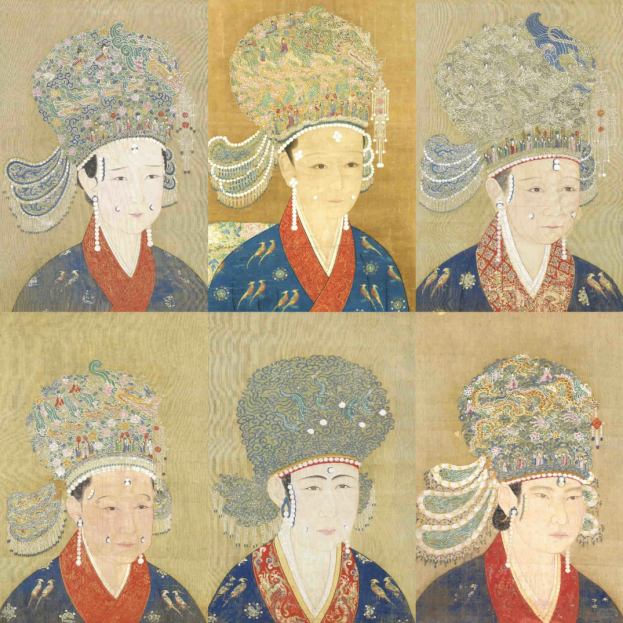
Because pearls were a fashion for the whole nation, otherwise, would you expect the empress to cover her entire face with pearls? After all, there are only so many places suitable for placing pearls, like between the eyebrows, from the corners of the eyes to the temples, and on the dimples. People in the Song Dynasty admired elegance and simplicity. They carried on the tradition of flower – shaped face decorations from the Tang Dynasty, but disliked the overly gaudy ones, so they switched to using pearls instead. Also, they had certain requirements for pearls. Being white, shiny, and round was the basic standard. For the pearls on both sides of the cheeks and near the mouth, they preferred smaller and more delicate ones. At that time, pearls were extremely expensive and were usually given as tributes to the royal family. So, the “pearl flower – shaped face decoration makeup” was only worn on important occasions.
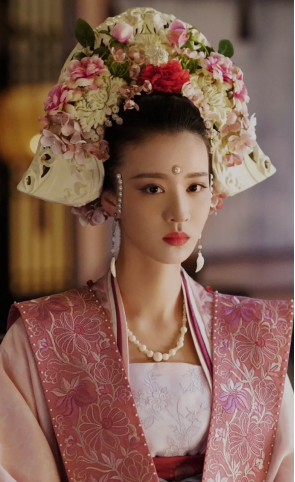
Although the number of pearls had nothing to do with one’s rank, using more pearls naturally indicated a good family background. After all, wealthy families not only stuck pearls on their faces but also wore pearl – decorated jewelry. They would sew pearls on the collars and cuffs, and even hang pearls on carpets and inlay them on furniture… They pretty much decorated every visible place with pearls.
Ⅱ. Pearls on Collars
The style of decorating collars with pearls was also called “pearl fringe (珠络)”, which meant adding a circle of pearl decorations along the edges of collars, clothes, and seams, further highlighting the status of the wearer.
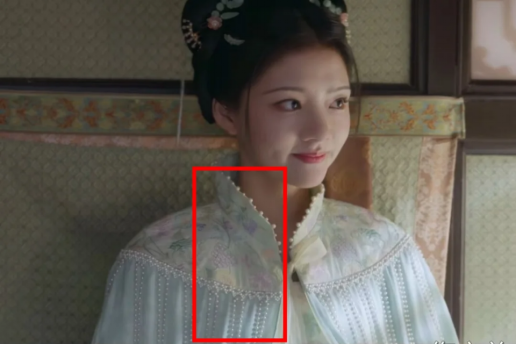
Among the princess’s dowry clothes were pearl – decorated gowns and long coats, as well as “pearl – and – emerald collars (珍珠翠领)”. It is recorded in *Spring in the Painted Hall (《画堂春》)*: “The pearl – decorated collars and emerald – adorned lapels shine brightly, with golden balls hanging obliquely like snow – covered plum branches. They are all very becoming.” At the Lantern Festival, the girls watching the lanterns had clothes with “pearl – and – emerald – decorated collars and lapels (领珠襟翠)”. Sometimes, concubines in the palace would also be rewarded with “cloaks with northern – pearl – trimmed collars (北珠缘领道氅)” and “collars trimmed with pearls and emerald – shaped lotuses (珠翠芙蓉缘领)”.

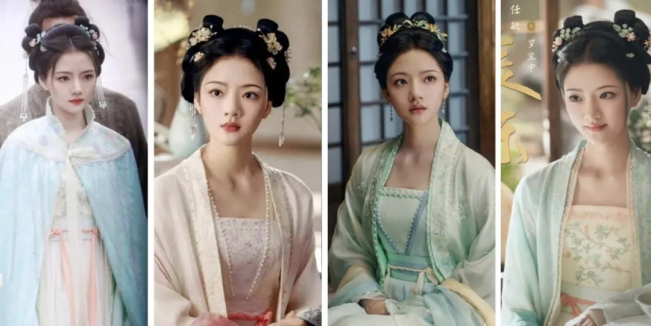
And this kind of pearl decoration was not only loved by women but also by men, though they might not stick pearls on their faces. It is said that Emperor Huizong of Song once wore a magnificent battle robe, which was described as “the emperor wore a dark green gauze battle robe adorned with large pearl fringes and gold – foiled patterns”. “Large pearl fringes sewn along the seams” means that the seams of this “battle robe” were decorated with pearls arranged in a row. “Gold – foiled” refers to the gold – foiling technique used for the patterns on the battle robe, and “dark green gauze” refers to the color and material of the robe. This kind of clothing decorated with pearl fringes and the gold – foiling technique can also be seen on the seated statue of Emperor Zhezong of Song below, which has similar decorative craftsmanship.
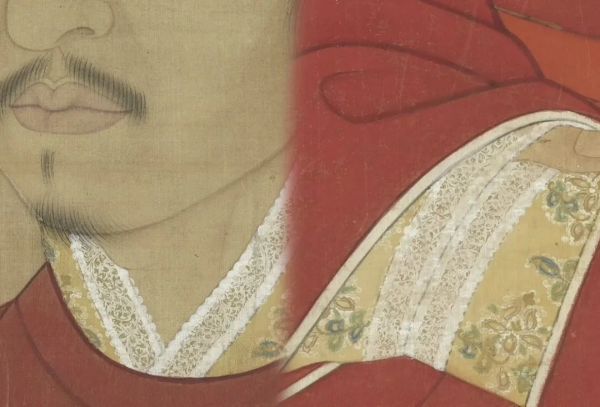
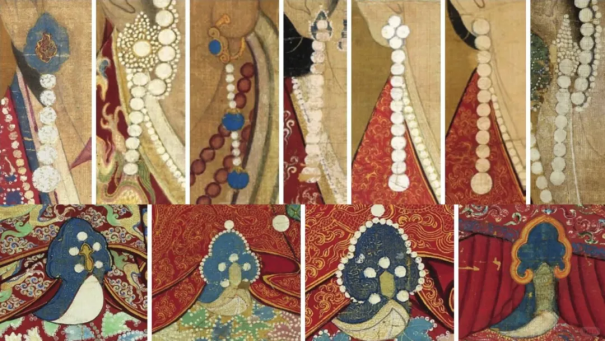
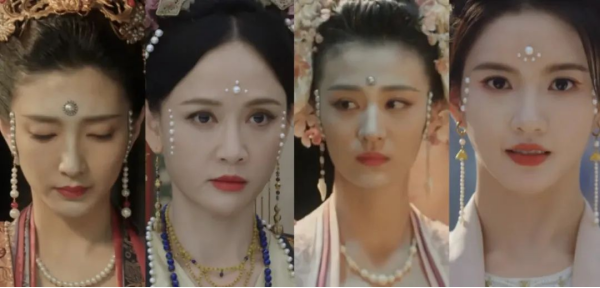
Ⅲ. Little – known Facts about Pearl Makeup
Perhaps due to the extreme popularity of pearls, pearl collection and pearl trade thrived in the Song Dynasty. However, the Song Dynasty was a dynasty that once prohibited extravagance and waste. So, the imperial court even issued a special decree regarding pearls: “Families that are not of the rank of imperial consorts are not allowed to decorate their clothes with real pearls, nor are they allowed to wear pearl necklaces, pearl tassels, earrings, headscarves, face towels, and other such items.” Of course, the result was that it couldn’t be effectively prohibited. Emperor Shenzong of Song began to allow private pearl collection and also managed private pearl sales by imposing taxes.
In order to firmly stick the pearls on the face, a special “glue” called fish glue was used. Historical records show that the ancients made an adhesive from fish bladders. They steamed, boiled, and mashed the fish bladders to make fish glue, which was used to bond furniture or seal gaps. It is recorded in Kaogongji (《考工记》): “Deer glue is bluish white, horse glue is reddish white, mouse glue is black, fish glue is sticky, and rhinoceros glue is yellow.” The “fish glue” here refers to fish bladder glue. Fish bladder is used by fish to adjust their sinking and floating. It is rich in gelatin.
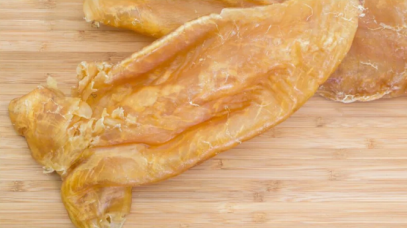
The people of the Song Dynasty were truly masters of integrating pearls into their daily life and fashion. They not only used pearls on their faces but lavishly adorned various parts of Song Dynasty hanfu. Pearls embellished the empress’s phoenix coronet, the edges of undergarments that peeked out beneath outer robes, pendants that swayed with every movement, and the tips of exquisitely crafted shoes. Even cushions and chair pads were decked out with pearls. The royal family, known for their opulence, had pearls inlaid on the pleated edges of the maids’ skirts. Pearls, these beautiful and elegant organic gemstones originating from water, have a lustrous and gentle sheen without being ostentatious, and they contain a natural vitality. As they glistened on Hanfu, they perfectly reflected the refined aesthetic of the Song Dynasty, making one can’t help but admire the aesthetic taste of the ancients!
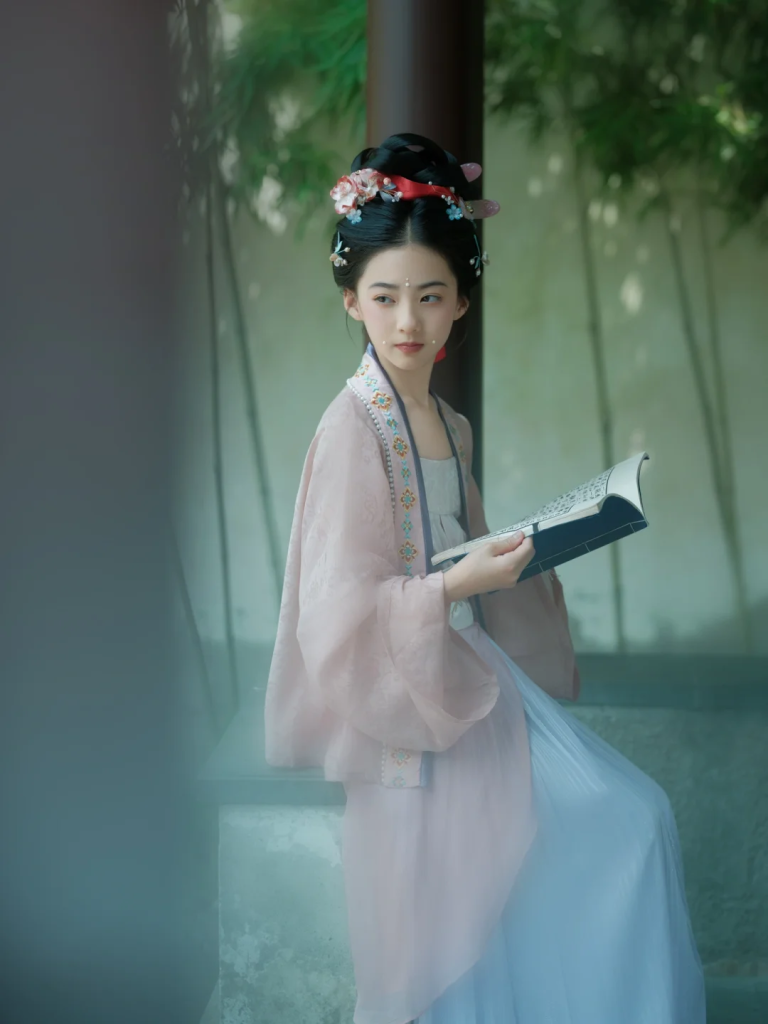
Summary
Many idioms, such as “a perfect pair like pearls and jade combined (珠联璧合)” and “surrounded by green jade and encircled by pearls (翠围珠绕)”, reflect the important status of pearls in Chinese culture and also represent the beautiful meanings that pearls hold in the hearts of the Chinese people. Today’s pearl makeup can also keep up with the times. Small pearls can be used to modify the face shape. After all, it is the aesthetic wisdom of our ancestors, and appropriate modification can add points to modern makeup looks. So, people can wear as many pearls as they like without having to worry about those so – called rules. If there were really so many rules, it would have nothing to do with modern fashion trends at all.
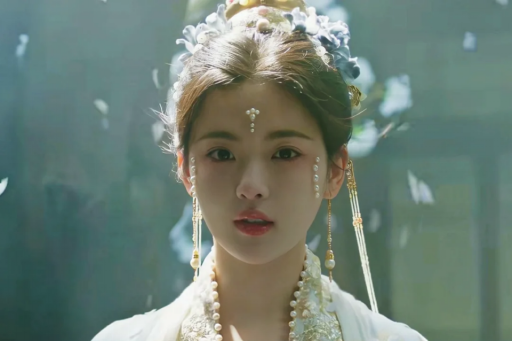
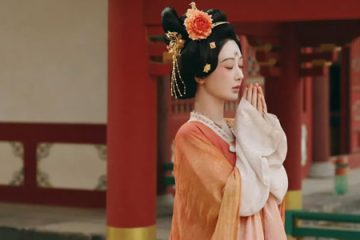
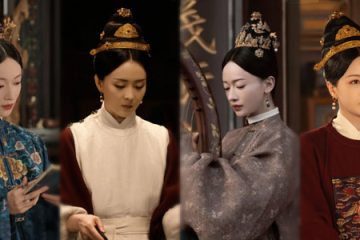
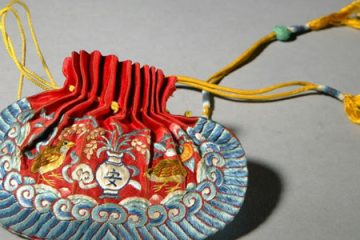
0 Comments